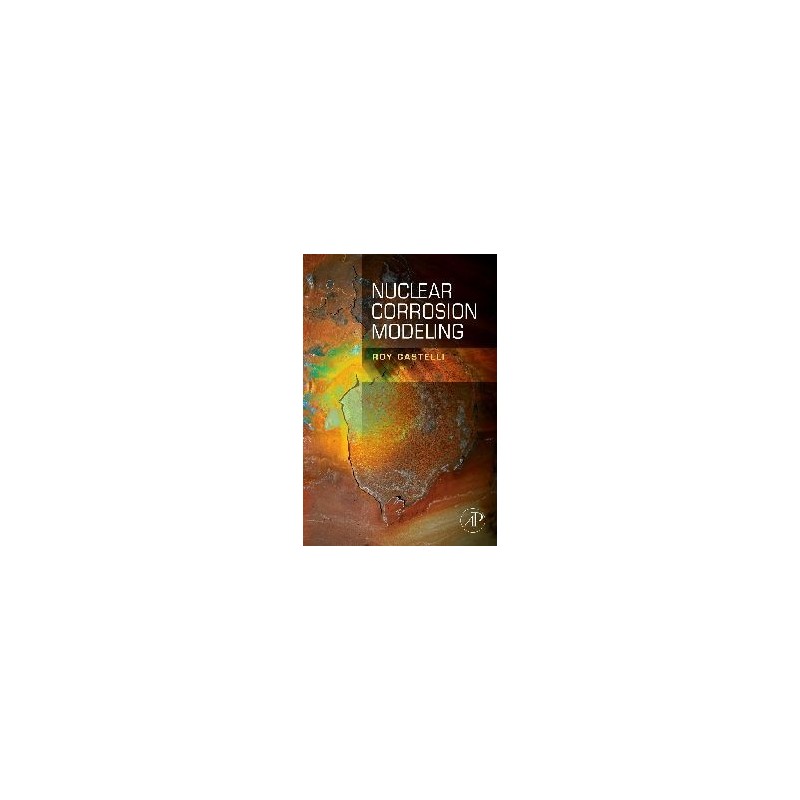- Out-of-Stock



No product available!
No product available!
No product available!
No product available!
No product available!
Module with a 3-color (yellow, black, white) e-Paper display with a diagonal of 2.9" and a resolution of 296x128 px. SPI interface. Waveshare 2.9inch e-Paper Module (C)
No product available!
No product available!
Guitar preamplifier with headphone output - self-assembly set
No product available!
No product available!
Insulated fibre-optic probe with a measurement range of up to 2500 V. Operates up to 350 MHz and can be connected to an oscilloscope via a BNC connector. Battery-powered. Micsig OIP350B
No product available!
HD PLA filament gives users flexibility and versatility in 3D printing, allowing them to create precise prints with excellent adhesion or prints with properties similar to ABS, with better impact strength and temperature resistance. By choosing HD PLA, you can enjoy the benefits of both materials, without the problems associated with traditional ABS. Fiberlogy HD PLA Beige
No product available!
Needle bending needle, for precise glue application, Flux 0.337mm internal diameter and 0,6414mm outside diameter
No product available!
Knives designed for cutting paper, wallpaper, foil, etc. z29343
No product available!
Lead-free tin Sn99Cu0.7Ag0.3 with EVO11 flux, 100 g spool, 0.25 mm diameter. Cynel SAC307-0.25/100
No product available!
Wireless temperature sensor with high accuracy with built-in event memory (recorder) with transducer Si7053
No product available!
No product available!

